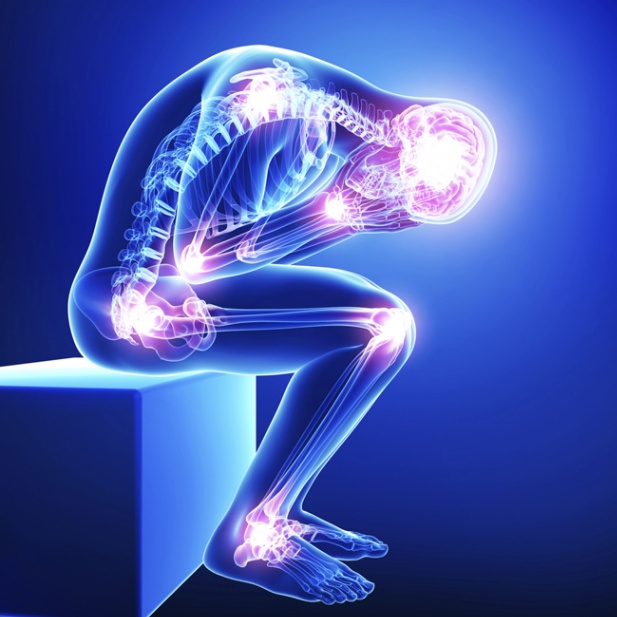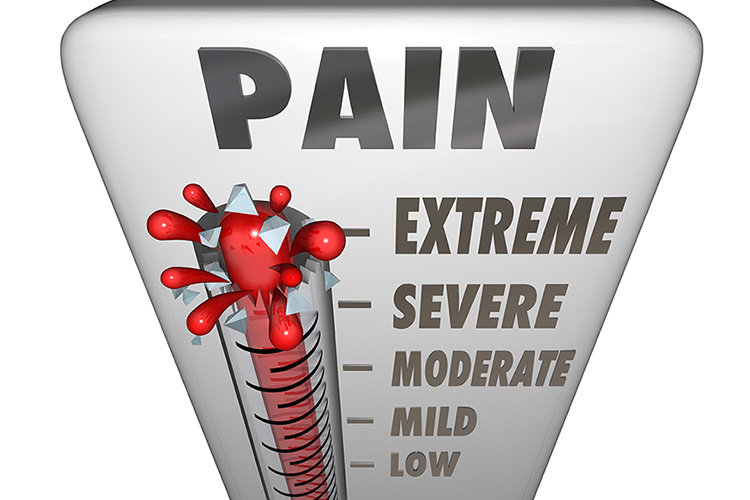When we come into contact with any painful stimuli like a hot or a sharp object, we immediately react by moving away from it to avoid the pain. Pain sends a message to the brain asking it to react so that harmful external agents do not damage our body. But what happens if the pain doesn’t stop, or if we’re unable to escape the cause?
Temporary Shutdown
In season 4 episode 9 of the series Prison Break, Alex Mahone tortures his son’s killer by inserting needles in his fingertips because that’s where the most sensitive nerve endings are. While torturing him he also gives electric shocks periodically. Because our brain has an emergency shutdown mechanism that gets triggered when we experience unbearable pain. It makes us faint and we won’t feel the pain anymore. The electric shock was to prevent him from fainting, so he continues experiencing the torture.

Fainting is a protective measure, where the brain decides it’s better to shut down and conserve energy rather than continue experiencing the overwhelming pain. In some scenarios, fainting could make an individual appear dead, potentially deterring predators or the attacker.
Intense, but bearable pain
When our body is stressed due to pain or other reasons, it releases stress hormones like adrenaline and cortisol. These hormones numb the pain to some extent. They do this by temporarily blocking the pain signals from reaching the brain or by making us feel less sensitive to them. It’s like turning down the volume on a loud radio. However, this is just a short-term solution. This is why sometimes during intense action we don’t even notice we are wounded and we realize it only after we relax.
Hallucinations
In some cases, prolonged pain can lead to a condition called psychosis, where a person might lose touch with reality. The constant pain can be so overwhelming that it affects a person’s mental state, leading to hallucinations, delusions, or extreme confusion. Here, the brain decides to detach itself from reality because reality is too painful.

Conquering Pain
In 1963, a Buddhist monk in Vietnam set himself on fire in the middle of a road in order to protest the oppression of Buddhists. While burning, he did not move any muscle or make any sound till he got completely burned and died. This incredible display of control over pain was attributed to his deep meditation practices and mental discipline.

Meditation has been shown to change the way our brain processes pain. It can alter our perception of pain, making it feel less intense. Studies using MRI scans have demonstrated that these monks have altered activity in brain regions associated with pain perception, suggesting that their meditation practices significantly modify how their brains process pain.
How do painkillers work?
Painkillers are another common way to manage pain. Our body even has its own natural painkillers called endorphins. Different painkillers work in different ways. Local anesthetics, for example, work by binding to sodium channels in nerve cells, blocking the entry of sodium ions (Na+). Normally, when a tissue is harmed, sodium ions in that area enter the nerve cells and create an electrical signal. This signal travels to the brain where it is perceived as pain.

Reference Links:
https://www.mayoclinic.org/diseases-conditions/vasovagal-syncope/symptoms-causes/syc-20350527
https://www.ncbi.nlm.nih.gov/pmc/articles/PMC4876223
https://en.wikipedia.org/wiki/Th%C3%ADch_Qu%E1%BA%A3ng_%C4%90%E1%BB%A9c
https://en.wikipedia.org/wiki/Sodium_channel
